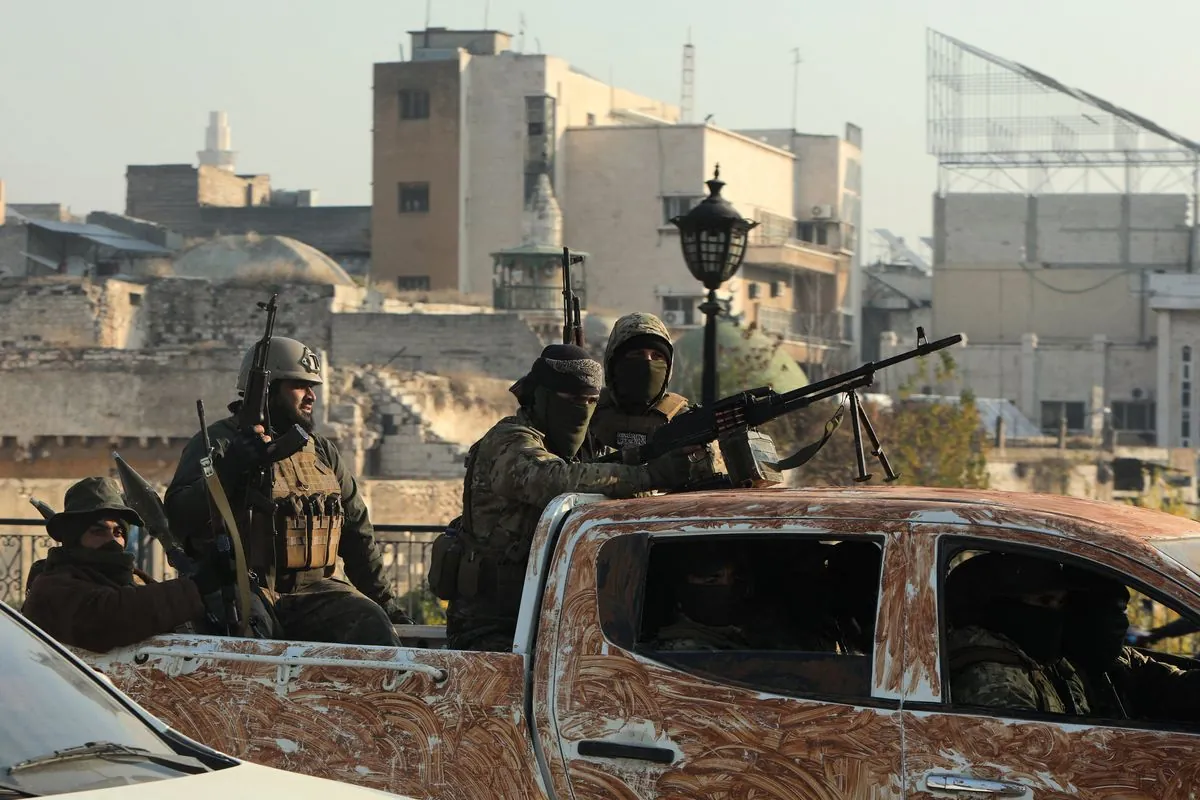The mid-east political landscape changed forever when Bashar al-Assadʼs rule in Syria ended - a dramatic finish to a conflict that started about 13 years ago. The war caused massive problems: lots of deaths displacement and global powers getting mixed up in the mess
The trouble began when peaceful protests turned into fighting (as security forces used harsh methods to stop them). Soon enough rebel groups got help from western countries and Turkey while al-Qaeda linked militants gained power: this lead to different groups fighting for control
During mid-2010s‚ foreign powers stepped in - Hezbollah helped the government win battles; Russia started air-strikes to support Assad; Turkey made its own zone near border. Meanwhile ISIS took over parts of Syria but lost everything by 2019. The situation seemed frozen with government controlling most areas rebels in northwest and Kurdish forces in northeast
Things changed fast after Hamas october-7 attack on Israel. When Hezbollah got busy with fighting near Lebanon border its presence in Syria went down. This gave rebels a chance - they attacked Aleppo first and government forces just fell apart. In just 8 days rebels took main cities; entered Damascus making Assad run away
- The war killed hundreds of thousands
- Half of Syriaʼs people left their homes
- Many countries got involved in fighting
- ISIS controlled territory but lost it all
- Different groups still control different areas
Chemical weapons were used on civilians in eastern Ghouta
The quick collapse showed how much Assad depended on his allies - when they couldnʼt help anymore his power just disappeared. Now Syria faces big changes as different groups try to work out who controls what
